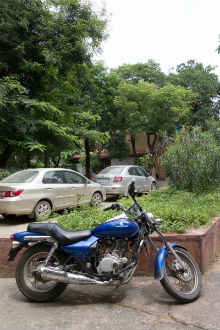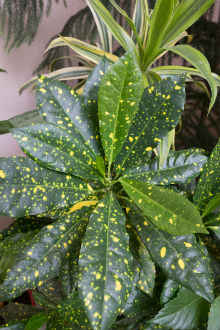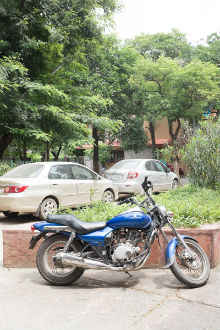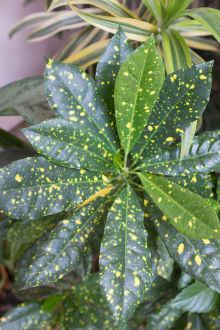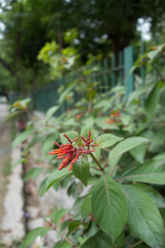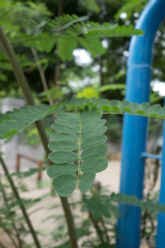The Sony DSC-RX100 II is an updated version of the RX100, which in our opinion brings mostly surface level upgrades to the camera. The sensor and the lens remain the same as the predecessor, which is bound to generate mixed feelings, however, all is not lost. Read our review to find out just why the RX100 II is a justified successor to the very popular RX100.
Images shot with the Sony (top row) & the Fuji (bottom row). Click to enlarge in new window.
Images shot with the Sony (top row) & the Fuji (bottom row). Click to enlarge in new window.
The RX100 II images are somewhat sharper when compared to those of the X100s, but that is because they were shot at the same aperture. Both cameras shot at f/2.8 or f/4.0 (whatever the case) because it was not possible to set apertures based on taking into account the 1.8x crop factor in most cases. Regardless, we will compare the images on other merits such as saturation and contrast and dynamic range. Right off the bat, it is clear that despite using the same (average) metering mode, the Sony has a tendency to expose for the highlights while the Fujifilm X100s exposes for the shadows. There are pros and cons to both the methods, so it really depends on whether the highlight preservation works for you or not. If it doesn’t you can always use exposure compensation to bump it up!
In terms of colour, the greens on the Sony tend to have a slight yellow bias, but that could be due to the fact that the RX100 II has a slight warm bias in terms of white balance. The red seem to pop better on the RX100 II though, and quite visibly. If you were to ever shoot red foliage, you’re going to love what the RX100 II will spit out for you.
If you’re wondering how high you can push the ISO on this little puppy, we say feel comfortable with ISO 3200 like you would in your favourite pair of jeans. Images shot at this ISO rating come out relatively clean and if push does come to shove, you COULD use ISO 6400, but don’t expect to make large size prints with that. At ISO 6400, while the noise is fine grain, the noise reduction algorithms tend to cause some loss in detail.
Images shot with the Sony. Click to enlarge in new window.
Some Unclassified Thoughts
We’ve been using the RX100 and the RX100 II for quite some time and as a pro-user, it can be quite a frustrating little thing. For example, there is no real quick way to access all the settings at once, like on the Sony branded DSLRs. The Fn button allows you to map 6 functions to it, but toggling through them using just the jog dial on the back can be time consuming. Not to mention the lack of a comfortable/ergonomic grip can be a major pain in the…palm.
On the other hand, if you’re the kind of shooter who doesn’t really care about settings but just wants the perfect shot, switch the camera to Intelligent Auto and watch it work its magic. During our use, we did feel that the RX100 II could be a reference design for all point and shoot cameras moving forward. For anyone wanting DSLR-like quality, but the convenience of a point and shoot, THIS is what a basic point and shoot camera should be, as anything less, you can manage with a good cellphone camera.
Conclusion
The RX100 II is the same as the RX100 as far as performance goes, but packs a much needed hot-shoe, Wi-Fi and NFC for expanded connectivity and an incredibly convenient tilt-able screen. But one must stop to wonder whether these additions justify the Rs. 8,000 price hike? The original RX100 costs Rs 34,990 through Sony India’s Official site, but can be found for slightly cheaper across various e-commerce sites. If you’re a casual user, who’s looking to take good photos without bothering too much with settings and extra bells and whistles, then you might as well save the money and go for the older RX100.
On the other hand, if you’re someone who’s already invested in various Sony equipment like flashes or mics, then the RX100 II might not be a bad idea. You could utilize your hot-shoe flashes on this camera, or even use the external microphone to pick up good quality audio when recording video.
The Sony RX100 II feels incredibly familiar, and it really is. Sony hasn’t changed much in this camera (because they didn’t need to) but added some features that we felt should have been there to begin with. Well, better late than never!








